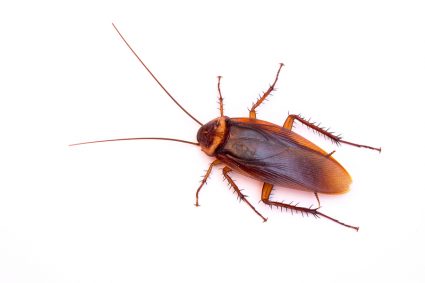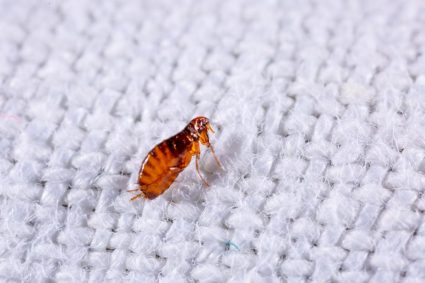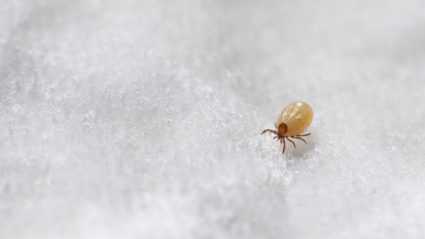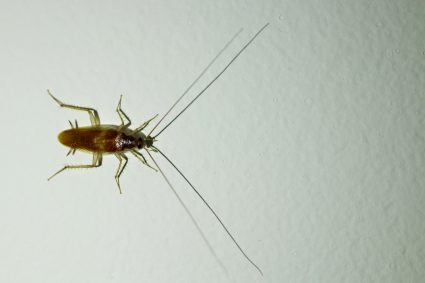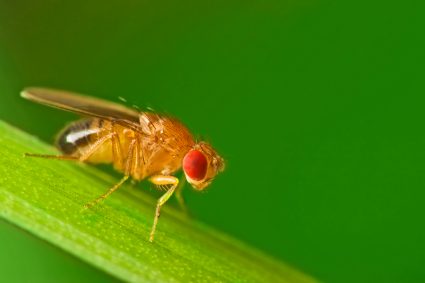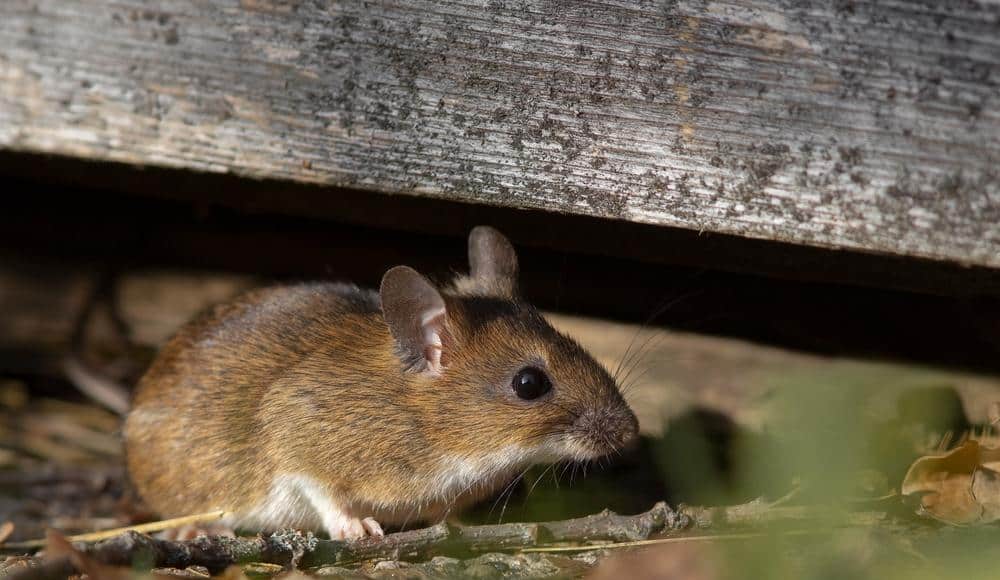
Mice are small rodents that can easily find their way into our homes, often in search of food and shelter. While some people might be looking for ways to get rid of these pesky creatures, others might be interested in attracting them for various reasons. Regardless of your motivations, this comprehensive guide will provide you with all the information you need on how to get a mouse in your house.
To get a mouse in your house, identify potential entry and hiding areas and use high-calorie food with a strong smell, such as peanut butter or hazelnut spread, as bait. Place the bait near entry points or in secluded areas where mice are likely to build nests. You can also use nesting materials like dental floss, yarn, or cotton as bait. If you plan to keep the mouse as a pet, provide a suitable habitat with bedding, food, and enrichment items.
Why Would You Want a Mouse in Your House?
While it might seem counterintuitive, some people might want to invite a mouse into their home. Reasons may include studying their behavior for academic or research purposes, keeping them as pets, or even using them as a natural form of pest control to eliminate insects.
What Attracts Mice?
Before we delve into the steps to attract a mouse, it’s essential to understand what draws them in. Mice are attracted to environments that provide food, shelter, and warmth. They prefer a diet of grains, seeds, and fruits, but they can also consume other items such as nuts, pet food, and even electrical wiring, paper, and cardboard. Mice are also attracted to cluttered areas, as they provide ideal nesting and hiding spots.
How to Attract a Mouse into Your House
To attract a mouse into your house, follow these primary steps:
- Identify potential entry and hiding areas: Look for spaces near walls, dark corners, or near food sources.
- Use bait: High-calorie food with a strong smell works best. Some effective baits include peanut butter, hazelnut spread, chocolate, seeds, nuts, and pet food.
- Place the bait strategically: Position the bait near entry points, along walls, or in secluded areas where mice are likely to build nests.
- Use nesting materials as bait: Materials like dental floss, yarn, cotton, or twine can attract mice as they are constantly looking for these materials to build their nests.
- Set up mouse traps near the bait: Using live catch traps, you can catch the mice once they are attracted to the area.
Creating an Ideal Habitat for a Mouse
If you’re planning to keep the mouse as a pet, you’ll need to create a comfortable and stimulating environment for it. Here’s how to do it:
- Choose the right enclosure: The cage should have good ventilation, be easy to clean, and escape-proof.
- Provide bedding and nesting material: Use aspen shavings or undyed paper bedding. Offer materials like hay, kitchen paper, or shredded paper for nest building.
- Add enrichment items: Include items such as tubes, suitable branches, hemp ropes, ladders, swings, climbing poles, and mouse-friendly wheels.
- Feed them well: Provide a balanced diet of high-quality rodent food, supplemented with seeds, grains, fresh fruits, and vegetables.
- Ensure social interaction: Mice are social animals, so it’s best to keep at least two mice together.
Safety Precautions and Legal Considerations
While inviting a mouse into your home can be an interesting experience, it’s important to take safety precautions. This includes maintaining good sanitation, sealing off entry points, using protective gear, and disinfecting areas contaminated by mice.
There are no specific legal restrictions on having a pet mouse in your house. However, if you decide to keep a mouse as a pet, you should provide a safe, secure, and comfortable environment for it.
Signs of Mice Infestation
If you suspect a mouse infestation in your home, look out for signs like droppings, scratching noises, gnaw marks, holes, and unusual pet behavior.
Conclusion
Getting a mouse in your house can be a fascinating endeavor, whether for study, pet-keeping, or other reasons. However, it’s crucial to ensure their well-being and maintain a safe, clean, and comfortable environment for them. Always remember to handle mice with care and respect, as they are living creatures deserving of humane treatment.
Frequently Asked Questions
What types of mice make good pets?
The most common types of mice that make good pets are the Fancy mouse and the House mouse. These species are known for their friendly and sociable nature.
How long do pet mice live?
On average, pet mice live between 1.5 to 3 years, depending on their breed, diet, and overall health.
Can I let my pet mouse roam freely in my house?
It’s not recommended to let your pet mouse roam freely in your house as they can easily get lost, injured, or cause damage. Always supervise your mouse when it is outside of its cage.
How often should I clean my mouse’s cage?
It’s recommended to clean your mouse’s cage at least once a week to maintain a clean and healthy environment.
What should I do if my pet mouse is sick?
If you notice that your pet mouse is acting unusually or showing signs of illness such as loss of appetite, lethargy, or changes in its droppings, consult a vet immediately.

